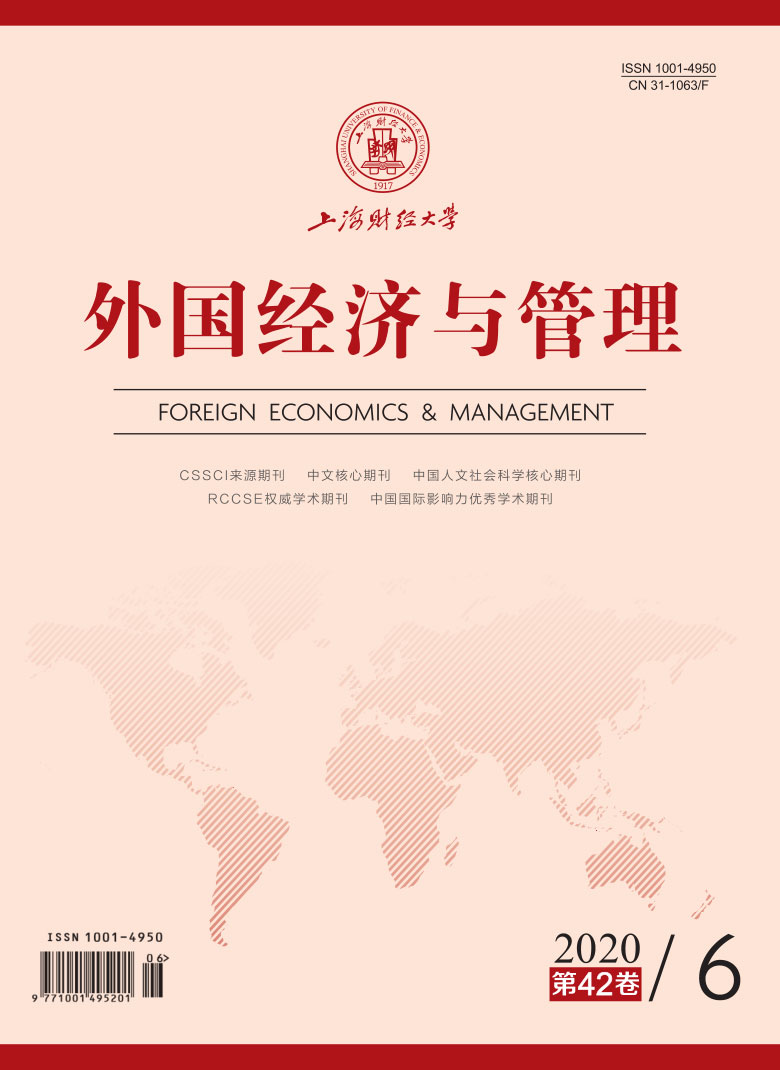Based on the leader distance theory and the leader-member exchange theory, we introduce perceived insider status, leaders’ power distance and employees’ power distance into the mechanism of the relationship between ambidextrous leadership and employee voice, and build a moderated mediation model with perceived insider status as the mediator variable and leaders’ power distance and employees’ power distance as the moderator variable. Drawing on bootstrapping and hierarchical regression, three-phase survey data are collected from 182 employees of Chinese manufacturing industry to test the effect of ambidextrous leadership on employee voice.
The research results show that ambidextrous leadership has a significant positive effect on employee voice. And perceived insider status partly mediates the relationship between ambidextrous leadership and prohibitive voice, and fully mediates the relationship between ambidextrous leadership and promotive voice. Additionally, employees’ power distance has a positive moderating effect on the relationship between perceived insider status and employee voice, but leaders’ power distance has no moderating effect on the relationship between ambidextrous leadership and perceived insider status.
Collectively, this research extends our understanding of the leadership-voice relationship and specifies how ambidextrous leaders facilitate employee voice. The findings in this paper indicate that the high power distance between leaders and employees can better promote employees to express their true ideas in Chinese manufacturing enterprises. Besides, employees’ values play a decisive role, while leaders’ values play a subsidiary role in the relationship. To a certain extent, this study reveals the necessity and sufficient conditions for employees to make suggestions in high Chinese power culture. At the same time, employees are more likely to speak freely with insiders, and their perceived insider status directly determines whether they can make voice, which provides a new perspective for the current study of employee voice. In addition, leadership behaviors should not to be one-size-fits-all approach; in contrast, they need to be switched freely according to subordinates’ abilities, contributions and personalities in changing situations.





 4708
4708  4830
4830

